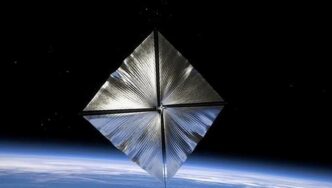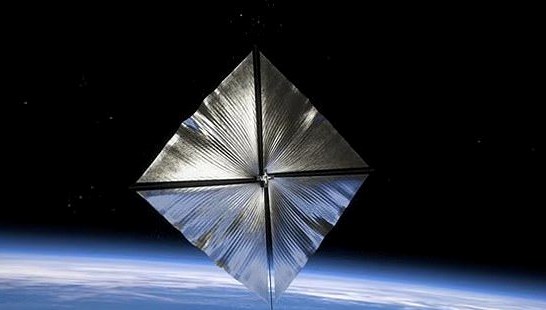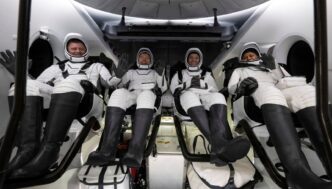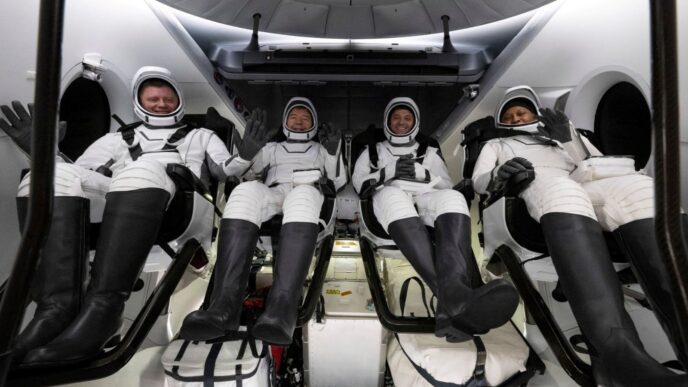NASA’s $20 million Advanced Composite Solar Sail System (ACS3) spacecraft was launched into space to test its new propulsion system. However, a problem during sail deployment caused it to begin tumbling uncontrollably. Engineers are working hard to fix the problem.
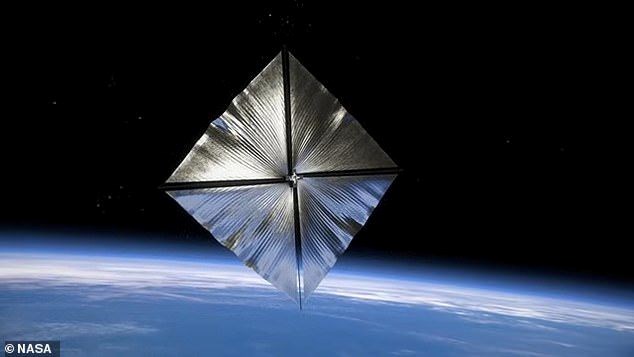
The $20 million craft is equipped with four reflective “sails” that aim to provide thrust using the pressure of sunlight.
However, an obstacle was encountered while opening the sails, which negatively affected the vehicle’s orientation.
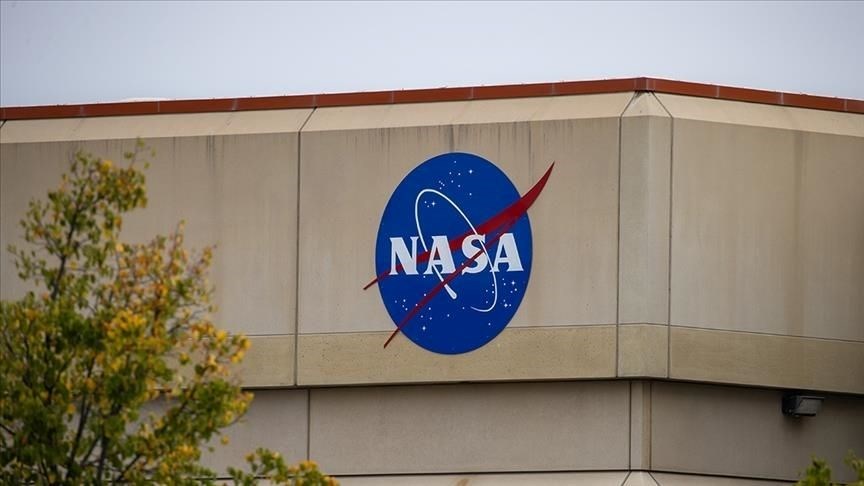
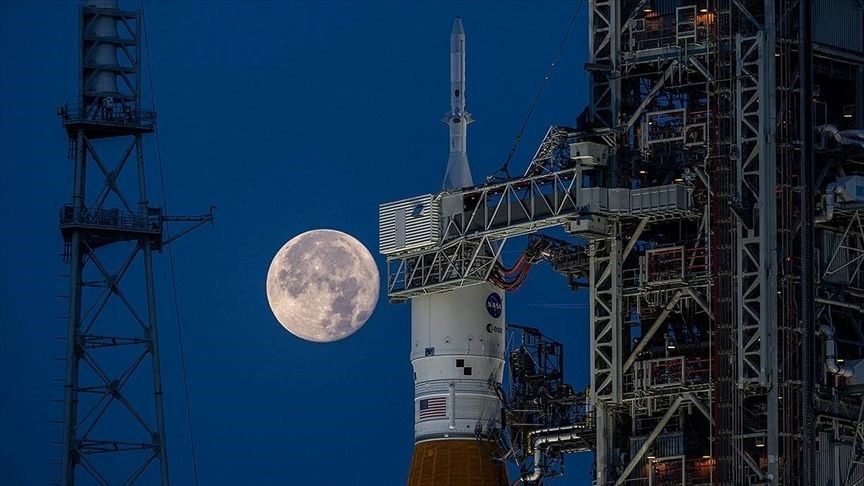
This bend affected the spacecraft’s ability to stay on course, causing it to roll uncontrollably.
NASA kept the attitude control system off, allowing engineers to assess the damage. The spacecraft is sitting at an altitude of about 600 miles, twice as high as the International Space Station.
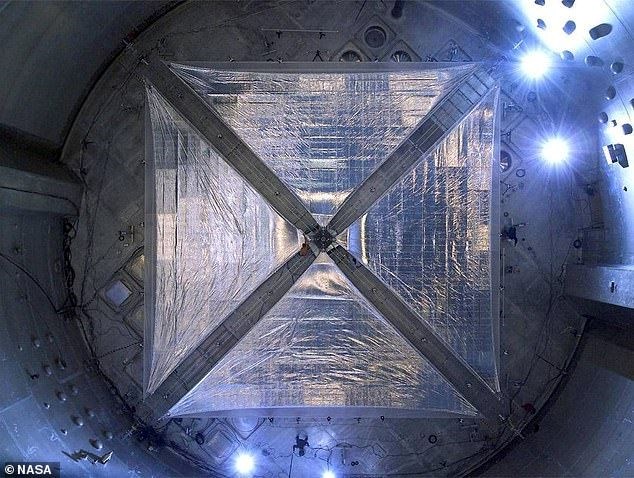
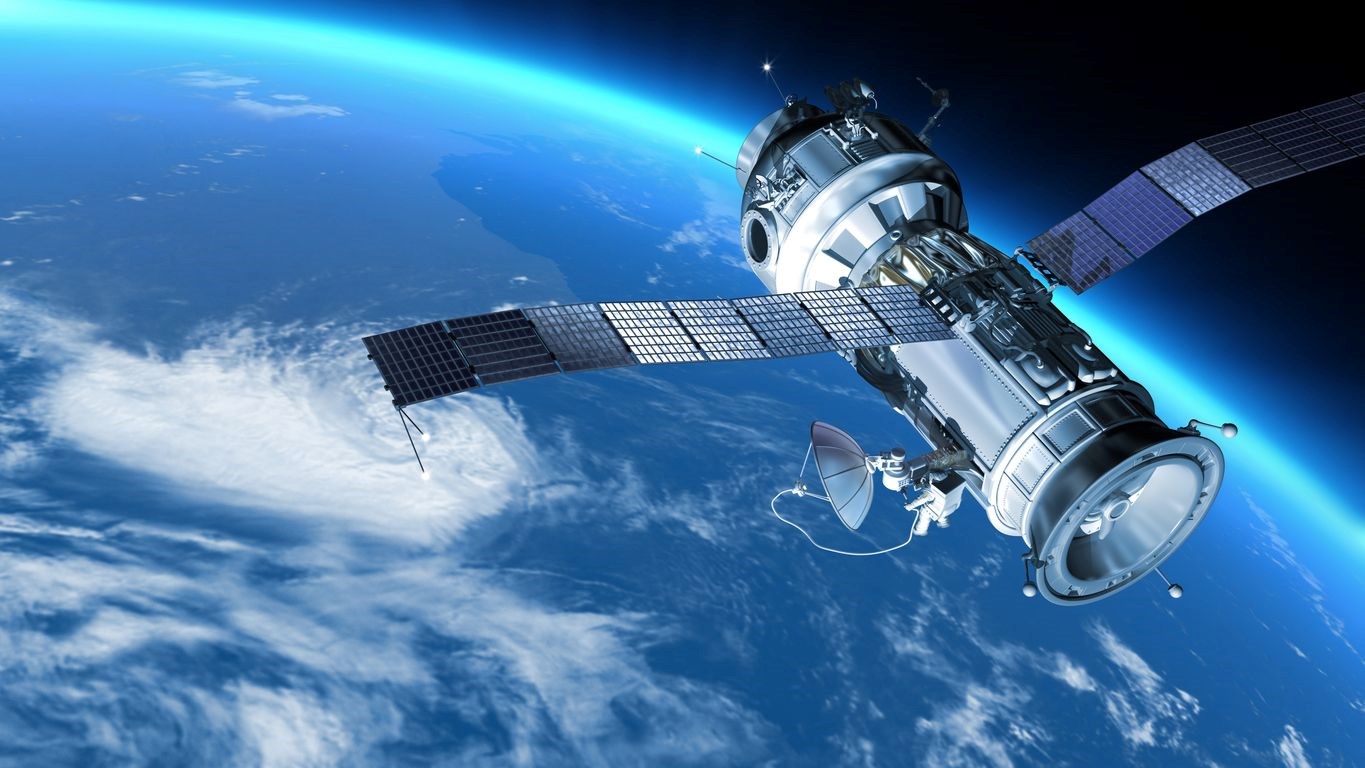
Small bursts of momentum produced when sunlight hits the spacecraft propel it forward.
NASA believes this new propulsion system could significantly reduce the amount of fuel needed for deep space missions.
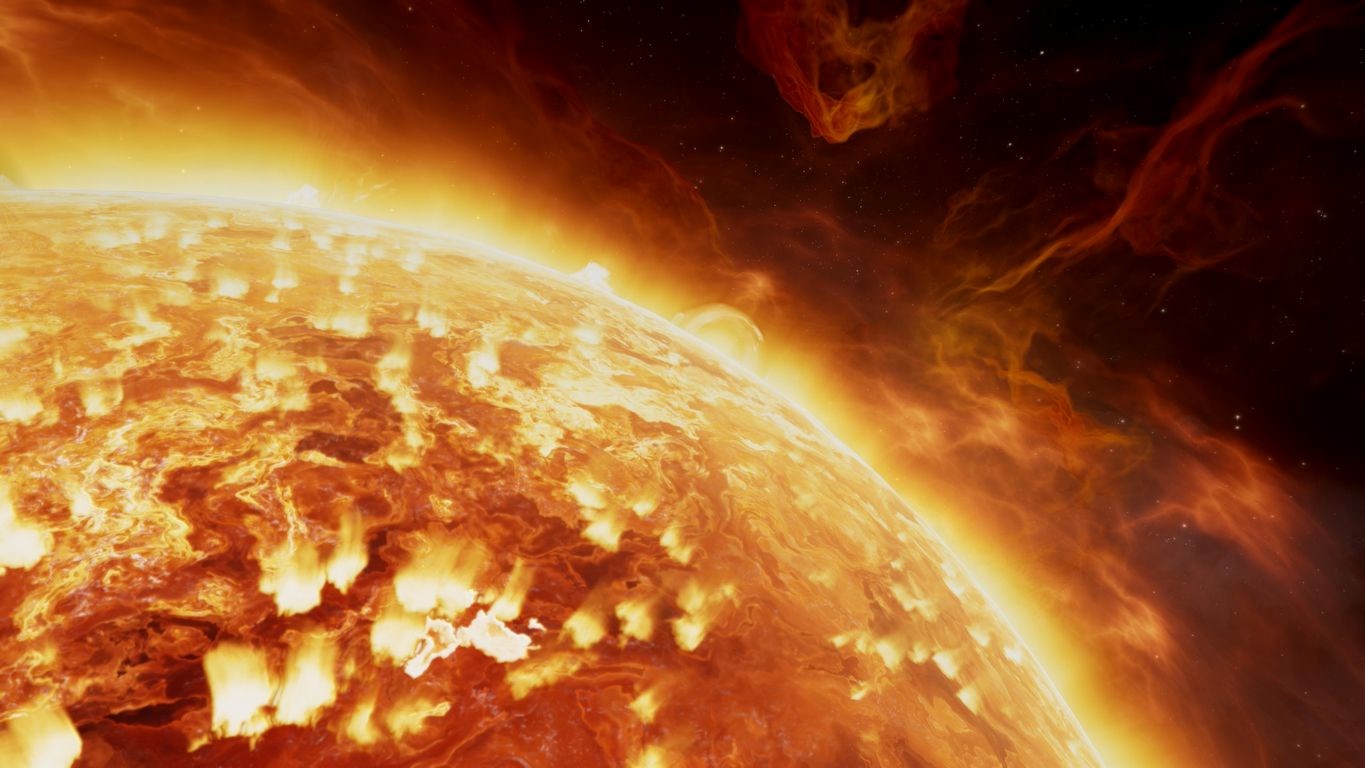
ACS3’s success could be critical to the future of solar sail technology. NASA says the data from this flight test will provide vital information for future solar sail missions.
